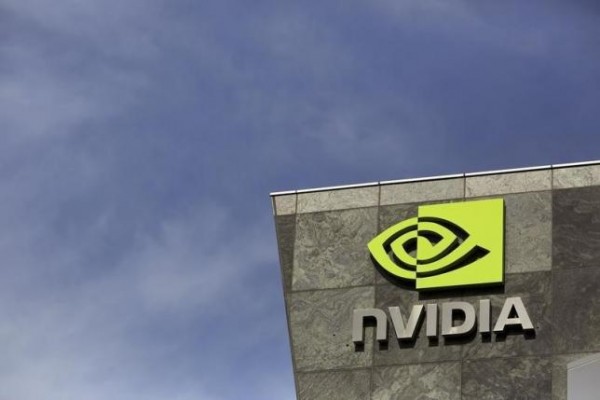By Lynn Palec, | April 13, 2016

Nvidia is breaking grounds and is pushing the boundaries even further with its new photorealistic IRAY VR.
Major video card manufacturer Nvidia is looking to enter the self-driving car market. However, instead of designing its own car, the company eyes to focus on providing car manufacturers with powerful processors and development board that will be used in self-driving cars of the future.
At Nvidia's GPU Technology Conference held in San Jose, California, company chief executive officer Jen-Hsun Huang unveiled the new Drive PX 2 development board which is powered by two next generation Tegra chips along with two new Pascal GPUs which were also unveiled at the same event. Nvidia claims that the new Drive PX development board can deliver up to eight teraflops of performance, according to Tech Radar.
Like Us on Facebook
During the presentation, several Nvidia executive highlighted the benefits of autonomous cars. Nvidia automotive unit senior director Danny Shapiro said that future autonomous cars will sport different shape and materials. He added that future cars will made of entirely different materials and that the cars' compartment will also be configured in a different way.
During Nvidia's GPU Technology Conference, Toyota research institute chief executive officer Gill Pratt talked about the efforts made by his company in terms of research and innovation in space.
Nvidia's interest and increased focus in the autonomous car industry did not surprise the community. After all, top Nvidia officials said last year that the company is devoting a significant amount of its resources into the research and development in various tech industries like artificial intelligence, deep learning, supercomputer and real-time mapping. All of those are important in the development of self-driving cars.
During the conference, Nvidia also highlighted the company's DriveWorks development platform. DriveWorks include software that can integrate up to 12 cameras and sensors that can gather different information which are essential to an autonomous car. All the gathered data can be sent into the platform which is equipped with a software which can process the data and provide a 360-degree view of the environment around the autonomous car. By employing cutting end machine learning technologies, these data can be used in order to assist autonomous car operation including control and navigation.
In a statement acquired by EWeek, Huang said, "AI is coming to cars. Supercomputing is coming to cars."
-
Use of Coronavirus Pandemic Drones Raises Privacy Concerns: Drones Spread Fear, Local Officials Say

-
Coronavirus Hampers The Delivery Of Lockheed Martin F-35 Stealth Fighters For 2020

-
Instagram Speeds Up Plans to Add Account Memorialization Feature Due to COVID-19 Deaths

-
NASA: Perseverance Plans to Bring 'Mars Rock' to Earth in 2031

-
600 Dead And 3,000 In The Hospital as Iranians Believed Drinking High-Concentrations of Alcohol Can Cure The Coronavirus

-
600 Dead And 3,000 In The Hospital as Iranians Believed Drinking High-Concentrations of Alcohol Can Cure The Coronavirus

-
COVID-19: Doctors, Nurses Use Virtual Reality to Learn New Skills in Treating Coronavirus Patients











